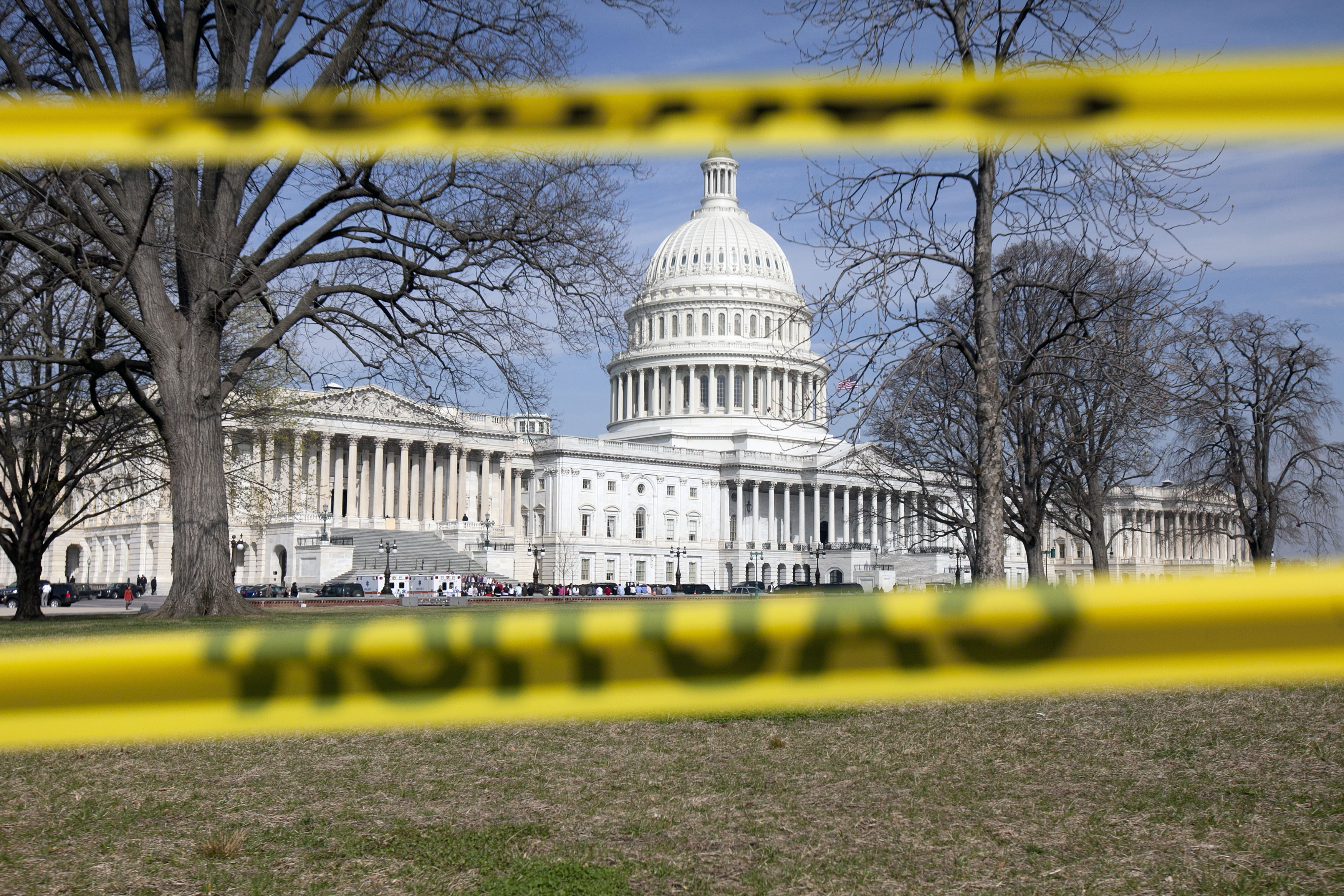Give Your Budget Some Love
Think of it as a flexible tool to prioritize—and achieve—your goals.


Now is a great time to hit the reset button on your budget—especially if you’ve experienced a significant change in your income or expenses.
Of course, that’s assuming you already have a budget. If you don’t, start by tracking your expenses for two to three months—without judgment—says Ryan Frailich, founder of Deliberate Finances, in New Orleans. Once you’re aware of where your money goes, you can set realistic, concrete goals rather than vague ones.
Setting up a budget can be tedious, but it will help you visualize your net worth and spending patterns. Remember, a budget isn’t meant to force you into an ascetic lifestyle or create a nonnegotiable blueprint for spending. It’s a flexible tool to prioritize your goals and achieve them.
From just $107.88 $24.99 for Kiplinger Personal Finance
Become a smarter, better informed investor. Subscribe from just $107.88 $24.99, plus get up to 4 Special Issues

Sign up for Kiplinger’s Free Newsletters
Profit and prosper with the best of expert advice on investing, taxes, retirement, personal finance and more - straight to your e-mail.
Profit and prosper with the best of expert advice - straight to your e-mail.
First things first. “Whether you make $60,000 or $600,000, you must spend less than you earn,” says Lori Atwood, a certified financial planner and founder of Fearless Finance, in Washington, D.C. Then you need to have a rainy-day fund for unexpected expenses, such as a root canal or new brakes. Without that, she says, paying down credit cards makes no sense because you’ll get right back on the credit card train. Next, do you have an emergency fund in case of a total loss of income—say, because of divorce, a layoff, or a medical or mental disability?
After you have a rainy-day and emergency fund, work on your overall spending, savings and debt (see Strategies to Tackle Debt). Start gradually, rather than trying to overhaul your money habits all at once, says Pam Capalad, a certified financial planner who owns Brunch & Budget, in New York City. She recommends that her clients choose one category at a time and spend a couple of months paring down their spending in that area. At the same time, think about what you value most and prioritize those things in your budget.
Try to redirect a bigger chunk of your income into a savings account when you get your paycheck (and before you have a chance to spend it). See how crunched you feel the first month before upping that amount. Similarly, if you currently contribute 3% of your paycheck to your 401(k), inch up slowly toward the ideal 15%.
Use an app. A good budgeting tool can help you stay on track. For a basic approach to budgeting, see Kiplinger’s budgeting worksheet. Mint is a longtime favorite among budgeting apps for its well-rounded suite of tools that let you automatically track income and expenses by linking bank and credit card accounts, set target spending limits in various categories, monitor bill payments, and visualize cash flow and spending patterns with colorful charts. You can also tally your net worth and see your VantageScore credit score.
For a deep dive into the details, check out You Need a Budget ($12 a month or $84 a year, after a 34-day free trial), which allows you to enter transactions manually or link your financial accounts for automatic updates. Then, following YNAB’s instruction to “give every dollar a job,” set a budget for each category, from mortgage payments to auto maintenance to “stuff I forgot to budget for.”
Personal Capital also has budgeting and tracking tools, and the site shines particularly for investors who want to stay on top of their portfolios. Link your investment accounts to see the asset allocation and performance of your holdings. Use the investment checkup feature to get a recommended target asset allocation based on your goals and an analysis of fees.
Profit and prosper with the best of Kiplinger's advice on investing, taxes, retirement, personal finance and much more. Delivered daily. Enter your email in the box and click Sign Me Up.

Lisa has been the editor of Kiplinger Personal Finance since June 2023. Previously, she spent more than a decade reporting and writing for the magazine on a variety of topics, including credit, banking and retirement. She has shared her expertise as a guest on the Today Show, CNN, Fox, NPR, Cheddar and many other media outlets around the nation. Lisa graduated from Ball State University and received the school’s “Graduate of the Last Decade” award in 2014. A military spouse, she has moved around the U.S. and currently lives in the Philadelphia area with her husband and two sons.
-
 Your Guide to Buying Art Online
Your Guide to Buying Art OnlineFrom virtual galleries to social media platforms, the internet offers plenty of places to shop for paintings, sculptures and other artwork without breaking the bank.
-
 Samsung Galaxy S25 Ultra for $4.99 a Month: A Closer Look at Verizon’s Deal
Samsung Galaxy S25 Ultra for $4.99 a Month: A Closer Look at Verizon’s DealVerizon’s aggressive pricing makes Samsung’s top-tier phone tempting, but the real cost depends on your plan and how long you stay.
-
 I'm 59 with $1.7 million saved and lost my job. Should I retire?
I'm 59 with $1.7 million saved and lost my job. Should I retire?We asked professional wealth planners for advice.
-
 9 Types of Insurance You Probably Don't Need
9 Types of Insurance You Probably Don't NeedFinancial Planning If you're paying for these types of insurance, you may be wasting your money. Here's what you need to know.
-
 I Need to Cut $1,000 From My Monthly Budget, and I've Already Given Up Starbucks and Dining Out. What Else Can I Do?
I Need to Cut $1,000 From My Monthly Budget, and I've Already Given Up Starbucks and Dining Out. What Else Can I Do?Here are some creative ways to save up to $1,000 a month, even if you feel like you've already made all of the obvious cuts.
-
 I'm a Government Employee and Need to Get By Until the Shutdown Ends. What Can I Do?
I'm a Government Employee and Need to Get By Until the Shutdown Ends. What Can I Do?The second-longest shutdown in history is leaving many federal workers with bills due and no paycheck to cover them. Here's what you can do to get by.
-
 21 Last-Minute Gifts for Grandparents Day 2025 to Give Right Now
21 Last-Minute Gifts for Grandparents Day 2025 to Give Right NowHoliday Tips Last-minute gifting is never easy. But here are some ideas to celebrate Grandparents Day.
-
 Texas Sales Tax-Free Weekend 2025
Texas Sales Tax-Free Weekend 2025Tax Holiday Here's what you needed to know about the Texas sales tax holiday.
-
 Alabama Tax-Free Weekend 2025
Alabama Tax-Free Weekend 2025Tax Holiday Here’s everything you need to know about the 2025 back-to-school Alabama sales tax holiday.
-
 Amazon Resale: Where Amazon Prime Returns Become Your Online Bargains
Amazon Resale: Where Amazon Prime Returns Become Your Online BargainsFeature Amazon Resale products may have some imperfections, but that often leads to wildly discounted prices.
-
 What Does Medicare Not Cover? Eight Things You Should Know
What Does Medicare Not Cover? Eight Things You Should KnowMedicare Part A and Part B leave gaps in your healthcare coverage. But Medicare Advantage has problems, too.